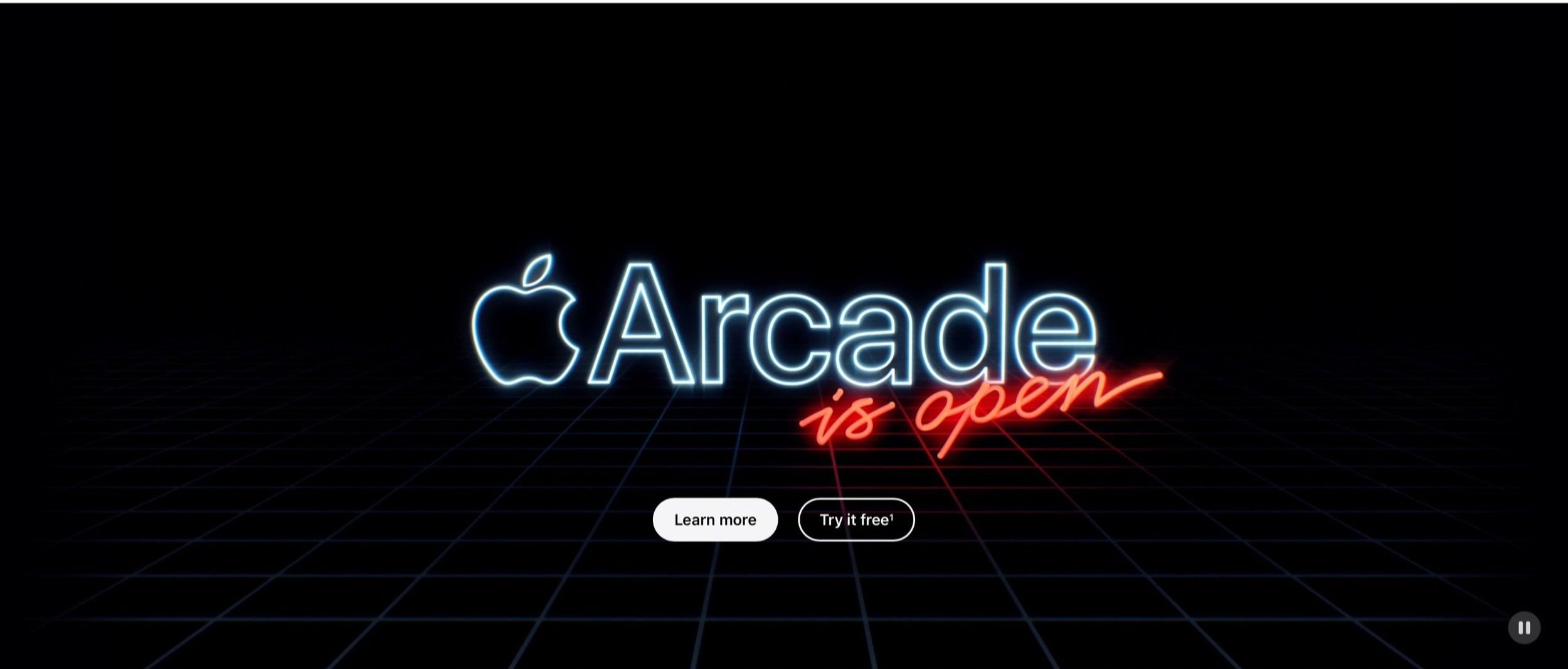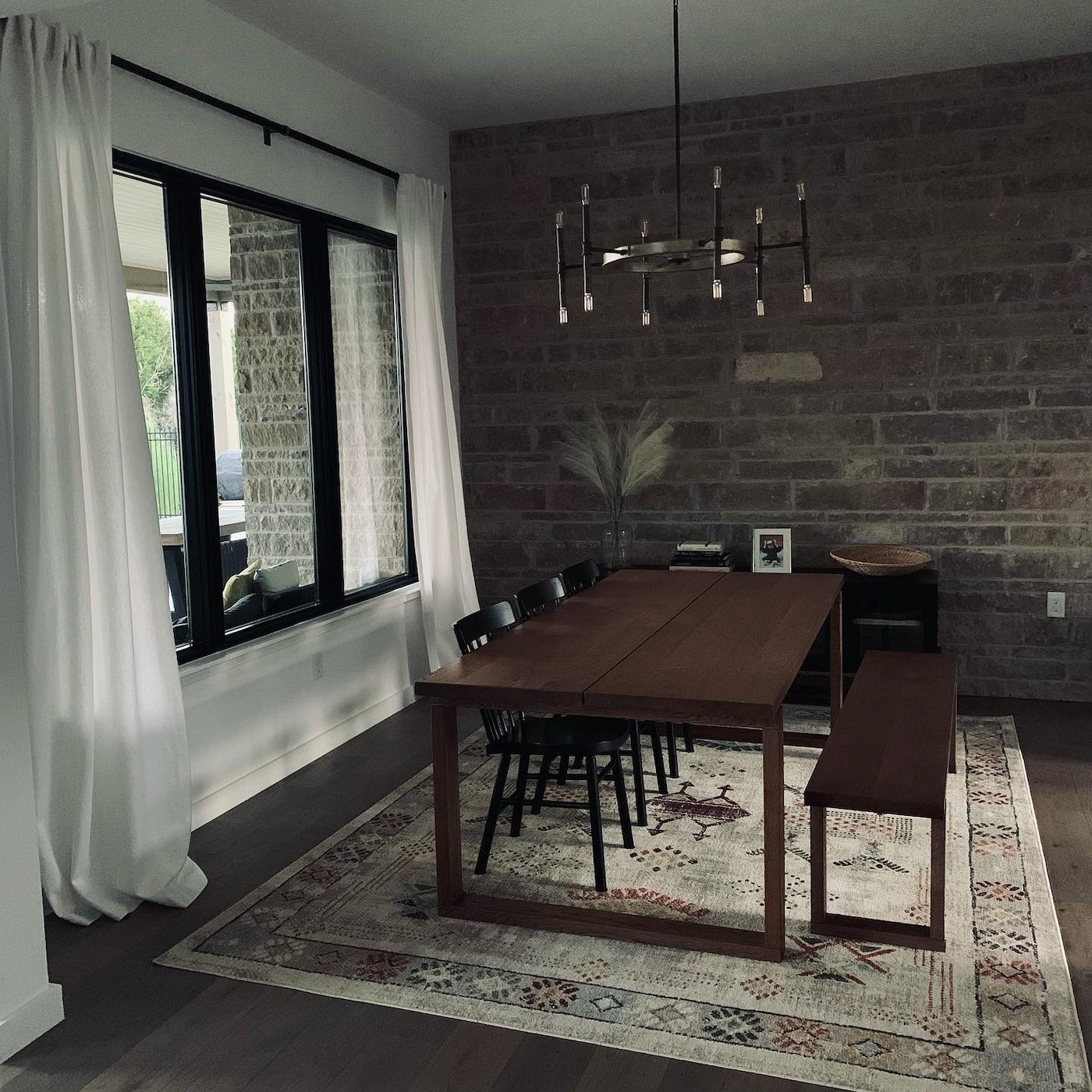The benefits of minimalist design and how to achieve it
Minimalist design is a style of design that focuses on simplicity, functionality and elegance. It aims to reduce clutter, distractions and unnecessary elements, and to highlight the essential features and content. Minimalist design can be applied to various domains, such as web design, graphic design, interior design, architecture and product design.
But why should you adopt minimalist design? What are the benefits of this approach? And how can you achieve it in your own projects? In this blog post, I will try to answer these questions and share some tips and examples of minimalist design.
Benefits of minimalist design
Minimalist design has many advantages, both for the designer and the user. Here are some of them:
- Minimalist design is easier to create and maintain. By eliminating unnecessary elements, you can save time and resources in designing and updating your project. You can also avoid potential errors and inconsistencies that may arise from having too many components.
- Minimalist design is faster to load and perform. By reducing the amount of data and graphics, you can improve the speed and efficiency of your project. This can enhance the user experience and satisfaction, especially on mobile devices and slow connections.
- Minimalist design is more accessible and user-friendly. By simplifying the layout and navigation, you can make your project easier to understand and use for a wider audience. You can also increase the readability and contrast of your text and images, which can benefit people with visual impairments or low vision.
- Minimalist design is more attractive and memorable. By using white space, colours and typography effectively, you can create a project that stands out from the crowd and captures the attention of your users. You can also convey a sense of professionalism, elegance and sophistication with minimalist design.
- Minimalist design is more adaptable and versatile. By following a consistent and modular structure, you can make your project more flexible and responsive to different devices, platforms and contexts. You can also reuse and modify your elements easily for different purposes.
How to achieve minimalist design
Achieving minimalist design is not as easy as it sounds. It requires careful planning, analysis and execution. Here are some steps that can help you create a minimalist design for your project:
- Define your goal and audience. Before you start designing, you need to have a clear idea of what you want to achieve with your project and who you are designing for. This will help you focus on the essential features and content that your users need and want.
- Remove everything that is not necessary. The core principle of minimalist design is to eliminate anything that does not add value or meaning to your project. This includes redundant, irrelevant or distracting elements, such as excessive graphics, colours, fonts, animations, buttons, links, etc.
- Organize your elements hierarchically. Once you have decided what elements to keep, you need to arrange them in a logical and intuitive way. You can use grids, alignment, spacing and grouping to create a clear visual hierarchy that guides your users through your project.
- Emphasize your elements with contrast. To make your elements stand out and communicate effectively, you need to create contrast between them. You can use color, size, shape, texture and typography to create contrast that attracts attention and creates interest.
- Test and refine your design. The final step is to test your design with real users and get feedback on its usability, functionality and aesthetics. You can use tools like usability testing, surveys or analytics to measure how well your design meets your goals and expectations. You can then make adjustments and improvements based on the results.
Examples of minimalist design
To inspire you further, here are some examples of minimalist design from different domains:
Web design: Medium is a popular online platform for writers and readers. It uses a minimalist web design that focuses on the content and typography, with minimal graphics and colours.
Graphic design: Apple is a renowned company for its products and branding. It uses a minimalist graphic design that relies on its iconic logo, white space and simple fonts.
Interior design: IKEA is a leading furniture retailer that offers affordable and stylish products. It uses a minimalist interior design that features clean lines, natural materials and functional items.
Architecture: The Farnsworth House is a famous example of modern architecture designed by Ludwig Mies van der Rohe. It uses a minimalist architecture that consists of a steel frame, glass walls and minimal furnishings.
Product design: The iPod is one of the most successful products ever created by Apple. It uses a minimalist product design that has a simple shape, a single button






